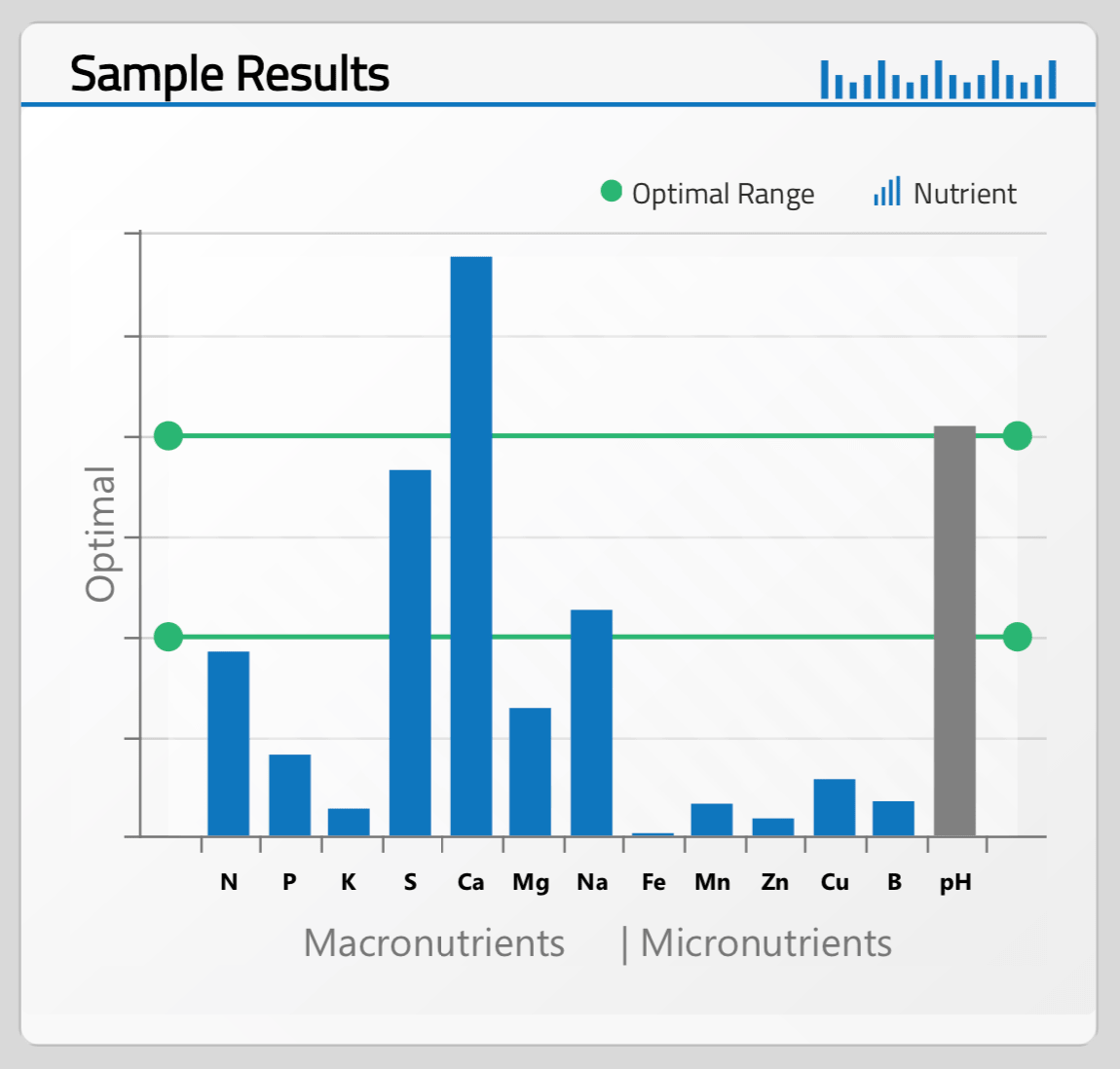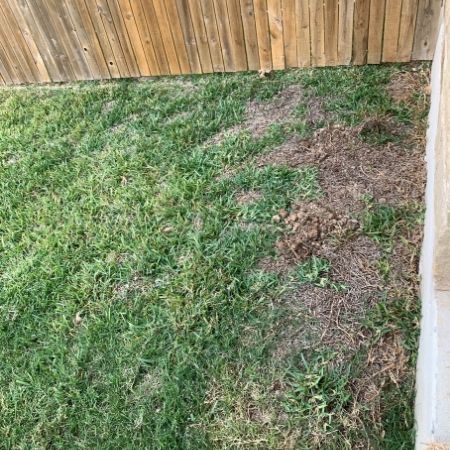DIY Soil Test with the Lawn Care Nut
- "The Lawn Care Nut"December 12, 2020
Here at the end of the season many of us use the time to reflect on the wins and losses we have taken in our lawns the previous season. For me, I had some wins, but I also had some losses, primarily with my St Augustine getting knocked hard with summer brown patch and soon I’ll show you how grubs got me too! Overall though, it was fun to be challenged. Getting knocked down a peg is good for me - keeps me frosty and alert.
As I am reflecting on the season I also find this time of year is good for soil sampling to see what my nutrient loads look like so I can start planning my applications for the following spring. Now, to be honest, I never stop applying down here in South Florida, but for the rest of you, the season is probably over and if you want to have some fun, get a soil test and make a plan that you can noodle on during the long winter.
So today I’m going to take you through a strategy planning but instead of using my own soil, I have gotten permission to use the soil test results from one of our Milorganite/Lawn Care Nut Coaching winners, Curtis from Waco, TX. He has a St Augustinegrass lawn.
Curtis actually has a few weeks left in his season and has already started down the path to lawn domination, but we are also starting to look towards the 2021 season because, in Central Texas, the early spring comes VERY early. We will be sharing a full set of “before and after” photos next season but I can tell you, it’s going to take some work. Curtis has a long way to go and we are both up for the challenge!

Curtis's Yard Mastery Soil Testing Kit Results
Here are his test results, used with permission:
Note: this test is different than the conventional tests you see from universities which require calculations based on soil cation exchange capacity and organic matter present. This is a DIY friendly soil test that shows you actually available nutrients in the soil and there are no complicated calculations to do to arrive there. What you see is what you get, in real-time.
Planning Applications From A Soil Test
On the left, we have the “macronutrients” which are those needed in the greatest quantities by the grass plant and down the right, we have the “micronutrients” or “minors” which are as equally important just needed in smaller quantities.
When approaching a strategy like this, I am always careful to let folks know, this test is not a grade and your lawn isn’t going to fail if you think it looks bad. Additionally, there is no need to try and find the miracle product that will correct all your deficiencies in a single application.
Instead, approach the strategy more like a blood test you get from the doctor. You get the results and then your doctor tells you ways to adjust your diet going forward, maybe he or she prescribes some supplements and then you plan to retest 6 or 8 months later.
If you look at it in this manner, like you and your diet, it will become more clear on how to get there. If your doctor tells you to get more vitamin C and iron in your diet, you don’t just eat straight citrus and liver 3 meals a day for the next 8 months, but you do add those in to make sure you are heading in the right direction. You still eat other foods that contains vitamins and minerals and nutrients that you need, but you just make sure that you also add in foods that contain some of what you were lacking in.
That’s because your body uses up nutrients, vitamins, and minerals so those that were “good” on your test day will probably remain that way as long as you continue doing things the way you were previously while also adding foods that give you what you were lacking. Make sense?
The same goes with the lawn. In the test above, Curtis has plenty of Calcium in his soil so we are not going to specifically look to add more, but remember, the lawn is going to use Calcium going forward so if we were to cut it off completely, it would eventually become deficient. So while we are not looking to add Calcium specifically, we are also not ignoring it or cutting it out.
On the flip side, he is deficient in phosphorus and iron so we will want to get fertilizers that have some of those in them going forward. Sometimes the fert we choose will have both, other times maybe just one of them and in different concentrations but for sure, going forward next season, with most of the applications he throws down, we will want to him to consider that these nutrients are there.
And I’m going to call this “luck of the draw” because our good friend MILO fits the bill here perfectly. It’s 4% phos and 2.5% iron. Now, Curtis also needs some potassium which isn’t a part of the nutrient load in Milorganite so he will want to consider some other fertilizers next season too.
In his area of Texas, he may apply 7 or 8 applications of fertilizer during the season. I would say at least 3 of those should be Milo. The other 3 or 4 can be ferts with other macros including potassium, magnesium and some of the other minors he needs.
When you get a soil test, your strategy can really be dialed in and you can get away from the old school “4 step” mentality and move more into a “frequent spoon feeding” type approach that really allows you to flex some fun products.

Curtis lawn is deficient in phosphorous and iron.
Another thing to address will be the pH. I am not going to get into detail here with that one, but it is actually something we are going to work on right away here this winter and will be using aluminum sulfate to bring it down. His soil is right on the border of being too alkaline and I think it would be a good idea to bring him down into the acceptable range as soon as possible. Aluminum sulfate will do this and it won’t take long.
Nitrogen Drives the Bus
The last one I want to talk about here is Nitrogen. Some of you were probably wondering why I skipped it above and that is because almost EVERY application you do should contain nitrogen. Nitrogen is what makes grass green, but it’s also what makes grass grow and if the grass isn’t actively growing, it will have trouble taking in all the other nutrients. This is why I always say that “Nitrogen drives the bus” because it does.
Also, nitrogen is volatile in the soil meaning, it doesn’t hang around long so between that and the fact that your turf will be using it up, you will want some N in almost every application you throw down.
Last thing to note: if you are going to take a soil sample for testing, be sure you have not applied any fertilizer to the lawn for the previous 45 days. We don’t want your results to be skewed. If you have to wait a few more weeks, that is ok. Your soil can be cold or hot, wet or dry when you sample, so basically, if your ground is not frozen and you can pull samples from around 4” deep, you can get the data you need to start planning for next season now!

